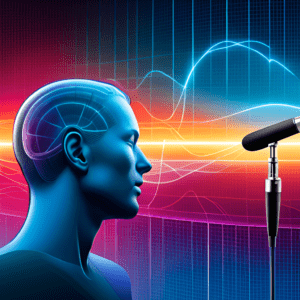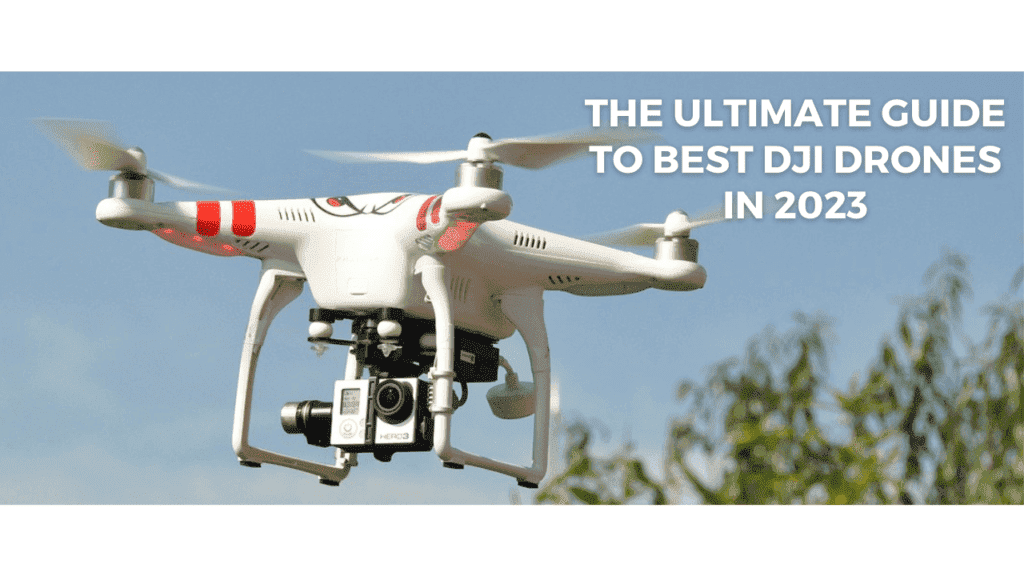Decoding Emotions through Voice
Table of Contents
Introduction
“Feeling acknowledgment from discourse is an entrancing field that joins state of the art innovation with the investigation of human feelings. By dissecting the tone, pitch, and other vocal signals in somebody’s discourse, we can acquire bits of knowledge into their profound state and utilize this data to work on our collaborations with them.”
In any case, feeling acknowledgment from discourse isn’t simply fascinating according to a scholastic point of view – it has genuine applications that could change enterprises like client care and psychological well-being.
These are only a couple of instances of how feeling acknowledgment from discourse could impact the world as far as we might be concerned.
What is Emotion Recognition from Speech?

Regardless, feeling affirmation from talk isn’t just intriguing as indicated by an educational perspective – it has certifiable applications that could change endeavors like client care and mental prosperity.
These are two or three cases of what feeling affirmation from talk could mean for the world, taking everything into account.
Why is Emotion Recognition from Speech Important?
Feeling acknowledgment from discourse has a great many possible applications, including client opinion examination and psychological well-being observing.
By breaking down the tone and pitch of somebody’s voice, we can acquire significant bits of knowledge into their close to home state.
For instance: In client care, feeling acknowledgment from discourse can assist organizations with recognizing miserable clients and address their interests before they raise. In psychological wellness checking, it tends to be utilized to follow changes in patients’ personal states over the long haul and give early admonition indications of expected issues

Deep Learning Models
Profound learning models are a kind of counterfeit brain network which is essential for Computerized reasoning that are utilized to perceive feelings from discourse.
Some famous profound gaining models utilized in feeling acknowledgment from discourse incorporate
• Convolutional neural networks (CNNs),
•Recurrent neural networks (RNNs),
•Long short-term memory (LSTM) networks.
CNNs are especially compelling at recognizing nearby elements in discourse signals, while RNNs and LSTM networks are more qualified for displaying fleeting conditions in discourse.
Data Collection
Data collection is a critical component of emotion recognition from speech.
The kinds of information that are ordinarily gathered incorporate sound accounts of discourse, physiological signals, for example, pulse and skin conductance, and self-announced profound states.
The quality and amount of the information gathered can significantly affect the exactness of the profound learning model utilized for feeling acknowledgment.
For instance, on the off chance that the sound accounts are of low quality or don’t catch a great many feelings, the model will be unable to precisely recognize feelings in new discourse tests. Thusly, it is vital to painstakingly consider the information assortment process and guarantee that all important information is being gathered.
Preprocessing

In emotion recognition from speech, preprocessing plays a crucial role in extracting meaningful features from audio signals.
One of the main advances is include extraction, which includes changing crude sound information into a bunch of mathematical highlights that can be utilized as contribution to AI models.
Commonly used features include Mel-frequency cepstral coefficients (MFCCs), spectral features, and prosodic features such as pitch and duration.
One more significant stage in preprocessing is standardization, which includes scaling the separated highlights to a typical reach to guarantee that they have equivalent significance in the model. Standardization can likewise assist with decreasing the effect of anomalies and work on the strength of the model.
Popular normalization techniques include z-score normalization and min-max scaling.
Training the Model

Deep learning models for emotion recognition from speech are trained using large datasets of labeled speech samples.
These datasets are split into training and validation sets, with the training set used to optimize the model’s parameters and the validation set used to prevent overfitting.
During preparing, the model figures out how to distinguish designs in the info information that are related with various feelings. These examples are addressed as loads in the model’s brain organization, which are changed during the preparation cycle to work on the model’s precision.
Testing and Evaluation

This is ordinarily done utilizing a different arrangement of test information that was not utilized during preparing.
The model utilizes different measurements, including exactness, accuracy, review, and F1 score. These measurements help to decide how well the model is performing and where upgrades can be made.
As well as assessing the model’s exhibition, dissecting the mistakes that the model makes is likewise significant. This can give bits of knowledge into why the model is committing sure errors and how these mix-ups can be remedied.
For instance, on the off chance that the model reliably misclassifies furious discourse as impartial, this might show that the model requirements additional preparation information for irate discourse or that the highlights being utilized to identify outrage should be refined.
Challenges and Limitations
One of the significant difficulties in feeling acknowledgment from discourse is precisely distinguishing feelings.
Feelings are complicated and can be communicated in various ways, making it challenging for machines to distinguish them with high precision.
For instance, an individual might utilize mockery or incongruity while talking, which can be challenging for a machine to decipher.
•Another test is the potential for predisposition in the information used to prepare feeling acknowledgment models. The information used to prepare these models may not be agent of the whole populace, prompting mistakes and predispositions.
For instance, on the off chance that the preparation information just incorporates tests from one orientation or identity, the model may not perform well on examples from different sexes or nationalities.
Applications
Customer sentiment analysis:
emotion recognition from speech can be used to analyze customer feedback and determine whether customers are happy or dissatisfied with a product or service.
This information can be used to improve products and services and increase customer satisfaction.
Mental health monitoring:
feeling acknowledgment from discourse can be utilized to distinguish changes in close to home expresses that might show discouragement, tension, or other emotional well-being conditions.
This data can be utilized to give early mediation and backing to people who might be battling with their psychological well-being.



